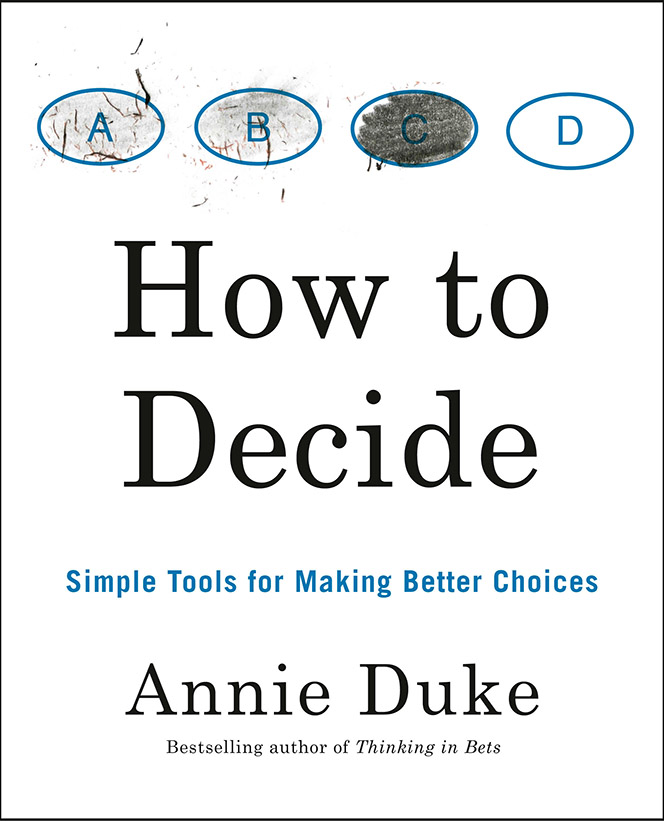How to Decide 📚

How to Decide digs into the characteristics of decision making and provides tools for making better decisions.
Bytes that get stuck in your teeth.
Csaba Okrona:
“There is no right decision. There’s just the decision you make and how well you execute it.”
I’ve had very similar experiences and see others struggle with this.
Roberto Vitillo:
Putting the options in a single place and seeing them contrasted with each other will help you develop new options and ultimately make a decision.
Jacob Kaplan-Moss:
The heart of this process – the move that I think makes it work so well – is that in includes an explicit step to first decide how to decide.

How to Decide digs into the characteristics of decision making and provides tools for making better decisions.
It’s not particularly useful debating the value of anything in isolation.
Considering programming languages, tools, processes, or product decisions on their own is a mostly philosophical exercise.
Roger Martin:
The entire white-collar workforce of the modern company works in decision factories where they pump out decisions such as what and how much to produce, how to market and sell what is produced, what new things to consider producing and selling, where to sell what it produces, how to protect the IP behind what it produces, and so on.
Richard Mironov:
Prioritization is more than an analytical/intellectual exercise. It’s an organizational challenge with natural disagreements among stakeholders. Product leaders need to think about motivating the right kinds of participation and addressing the emotional issues that arise. Spreadsheets and models are necessary, but not sufficient.
Richard Marmorstein:
There’s nothing wrong with a fondness for data. The trouble begins when you begin to favor bad arguments that involve data over good arguments that don’t, or insist that metrics be introduced in realms where data can’t realistically be the foundation of a good argument.
Chris Stjernlöf:
When reading Robert’s Rules of Order, I learned two things that struck me as deeply important, which I had misunderstood in the past:
Jessica Kerr:
This is participatory sense-making. When we want to work on a thing together, and we need a shared understanding to do it right, then everyone gets to participate in constructing that understanding.
Bezos considers 70% certainty to be the cut-off point where it is appropriate to make a decision. That means acting once we have 70% of the required information, instead of waiting longer. Making a decision at 70% certainty and then course-correcting is a lot more effective than waiting for 90% certainty.
Barack Obama:
But the point is, in just a few short weeks on the job, I had already realized that because every tough decision came down to a probability, then certainty was an impossibility — which could leave me encumbered by the sense that I could never get it quite right. So rather than let myself get paralyzed in the quest for a perfect solution, or succumb to the temptation to just go with my gut every time, I created a sound Decision Making process — one where I really listened to the experts, followed the facts, considered my goals and weighed all of that against my principles. Then, no matter how things turned out, I would at least know I had done my level best with the information in front of me.
From MIT 15.S50 Poker Theory and Analysis.